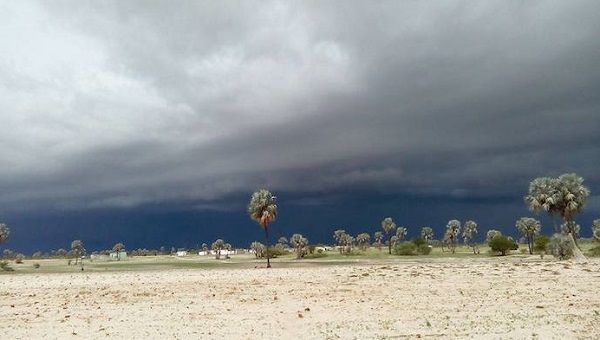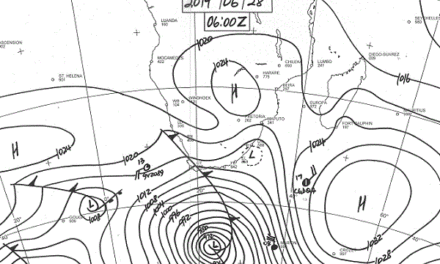
Good upcoming rainfall prospects for SADC including Namibia

By Neto Nengomasha.
Southern Africa is likely to receive good rainfall in the 2022/23 agricultural season.
This forecast was made by the 26th Southern Africa Climate Outlook Forum (SARCOF 26), which is made up of regional weather and climate experts, who met virtually on 24-26 August 2022.
The prospect of good rainfall is expected to improve the food security situation as the region continues to recover from the impact of the COVID-19 pandemic as well as protracted droughts and cyclonic systems that had affected agricultural production in most member states over the past few years.
According to SARCOF 26, most parts of southern Africa are likely to receive good rainfall normally termed “normal to above-normal” in the period October to December 2022.
There are however some areas that are likely to receive less rainfall during the same period and these include the north-western part of Angola, the bulk of the Democratic Republic of Congo (DRC), the United Republic of Tanzania, northern Zambia, northern Malawi, northern Mozambique, Comoros, Madagascar, Mauritius and Seychelles.
Less rainfall is commonly referred to as “normal to below-normal.”
In the second half of the season running from January to March 2023, most parts of the region are expected to receive good rainfall, except for northern Angola, the bulk of the DRC, the northern half of Tanzania and the bulk of Madagascar.
The areas that are likely to receive good rainfall throughout the rainfall season spanning October 2022 to March 2023 are central Mozambique, southern Malawi, northern half of Zimbabwe, most of Zambia, southern DRC, south-eastern half of Angola, bulk of Namibia, western half of Botswana, most of central and western parts of South Africa, and western parts of Lesotho.
The regional outlook is however only relevant to seasonal timescales and relatively large areas and may not fully account for all local and intra-seasonal factors that influence climate variability.
In order to get a clear interpretation as well as additional guidance and updates, it is critical for farmers and other users to contact their national meteorological and hydrological services.
While developing this seasonal outlook, climate experts took into account oceanic and atmospheric factors that influence the climate over the region, including the El- Niño Southern Oscillation (ENSO) which is currently in a La Niña phase.
El Niño is a naturally occurring climate cycle that develops as the warm waters of the tropical Pacific Ocean spread eastwards in concert with shifting patterns of atmospheric pressure, eventually affecting global climate.
On the other hand, La Niña is defined by cooler than average sea surface temperatures in the central-eastern equatorial Pacific Ocean and related atmospheric changes.
During most El Niño episodes, drought conditions usually prevail over the bulk of southern Africa while La Niña conditions often result in wet conditions with a high risk of floods occurring in the region.
As the ENSO is expected to remain in a La Niña phase throughout the forecast period, the risk of floods cannot be ruled out, especially in the low-lying areas hence institutions responsible for disaster risk reduction should be on high alert.
Therefore, to better prepare for any future hazards, it is critical for SADC to develop innovative strategies to strengthen its preparedness and early warning systems.
The 42nd Summit of SADC Heads of State and Government held in Kinshasa, DRC on 17 August, adopted the Memorandum of Agreement for the establishment of the SADC Humanitarian and Emergency Operations Centre (SHOC).
Once fully established and operationalized, the SHOC will play a critical role in coordinating regional humanitarian efforts for food shortages and natural disasters which are increasing and affecting all Member States.
Based in the Nampula province of Mozambique, the SHOC will coordinate regional humanitarian efforts on disaster risks preparedness, response and early recovery.
The SARCOF-26 was held under the theme, “Minimizing negative impacts of hydro-meteorological hazards on socio-economic development through climate early warning information in southern Africa.”
Southern African News Features are produced by the Southern African Research and Documentation Centre (SARDC), based in Harare. www.sardc.net













































